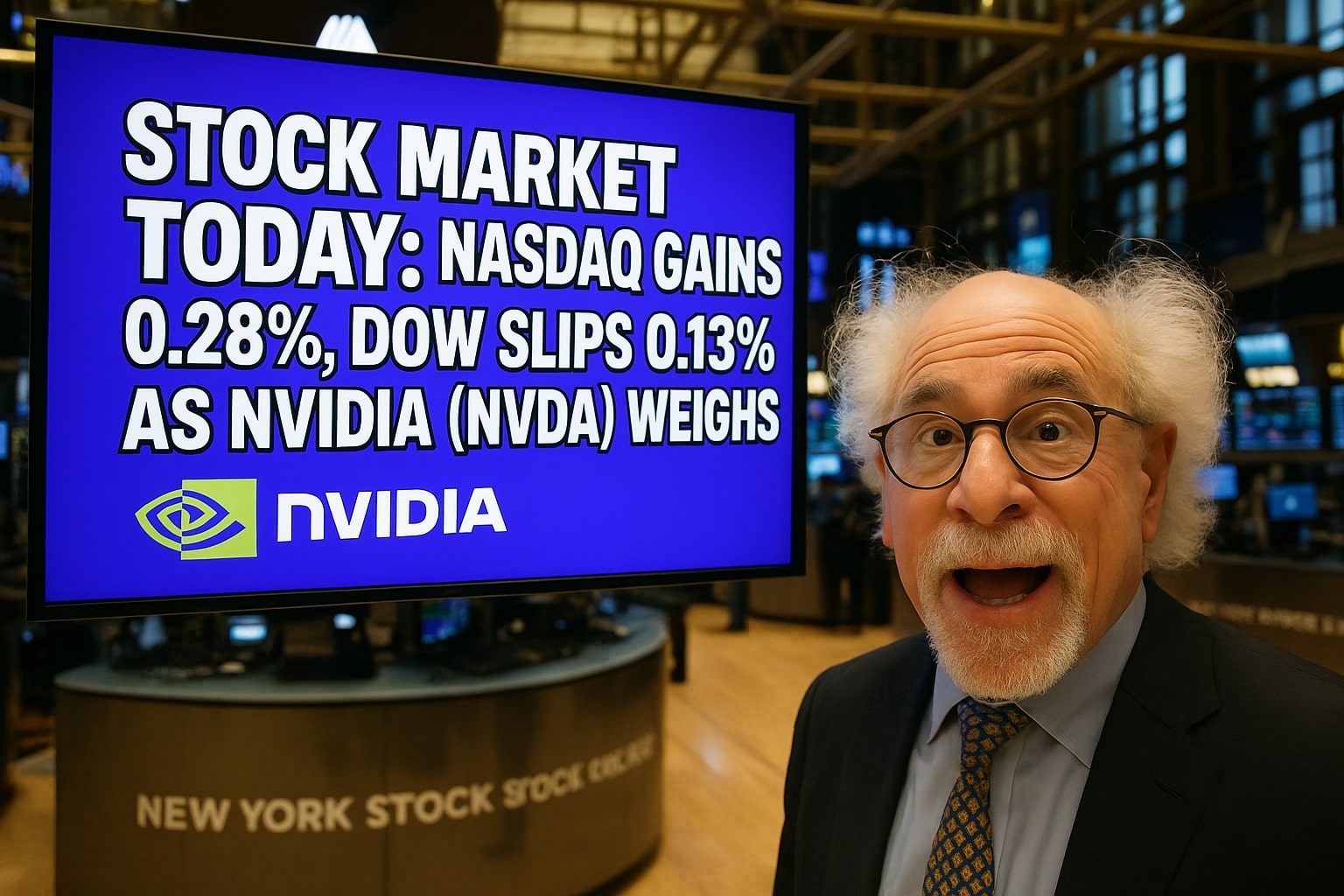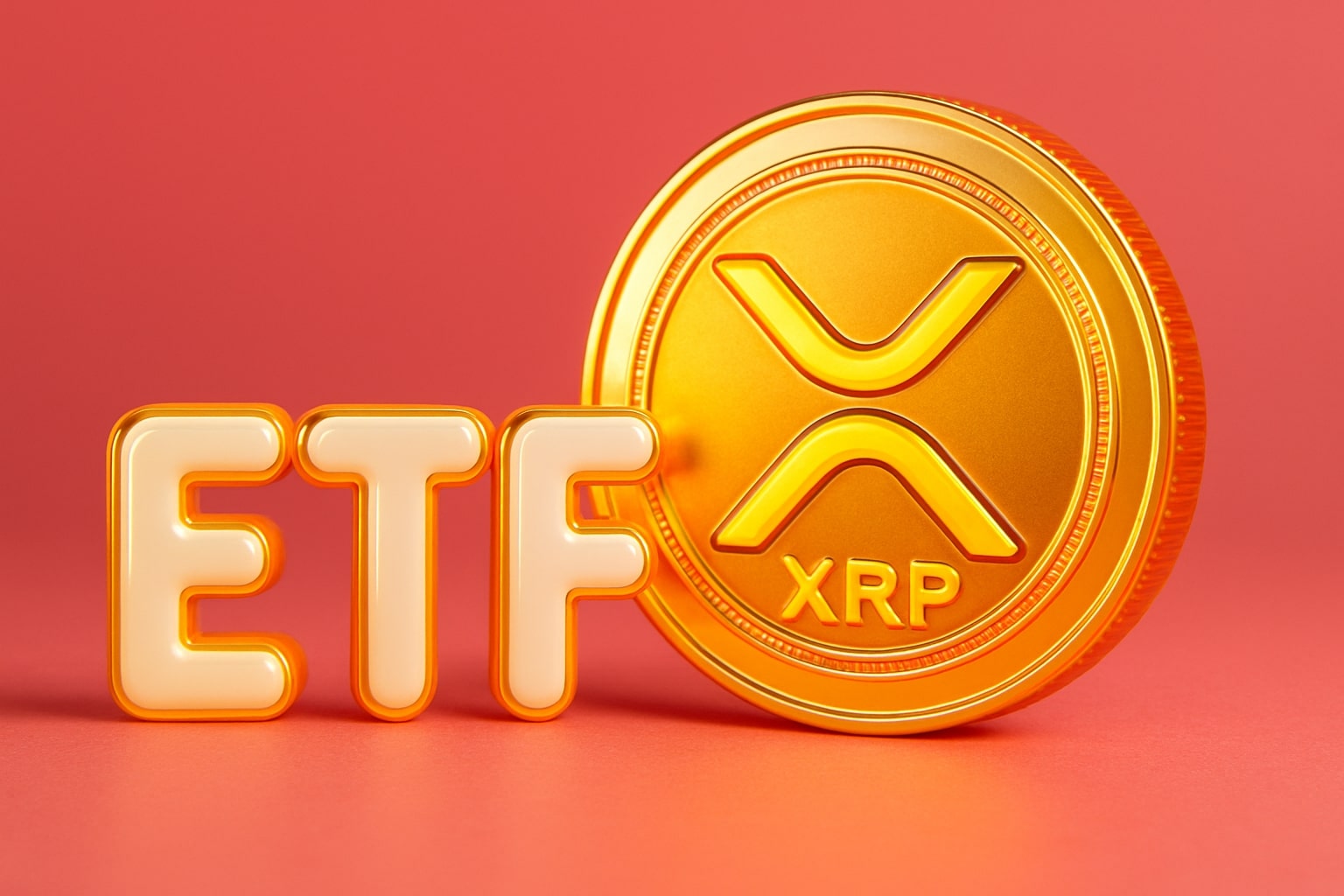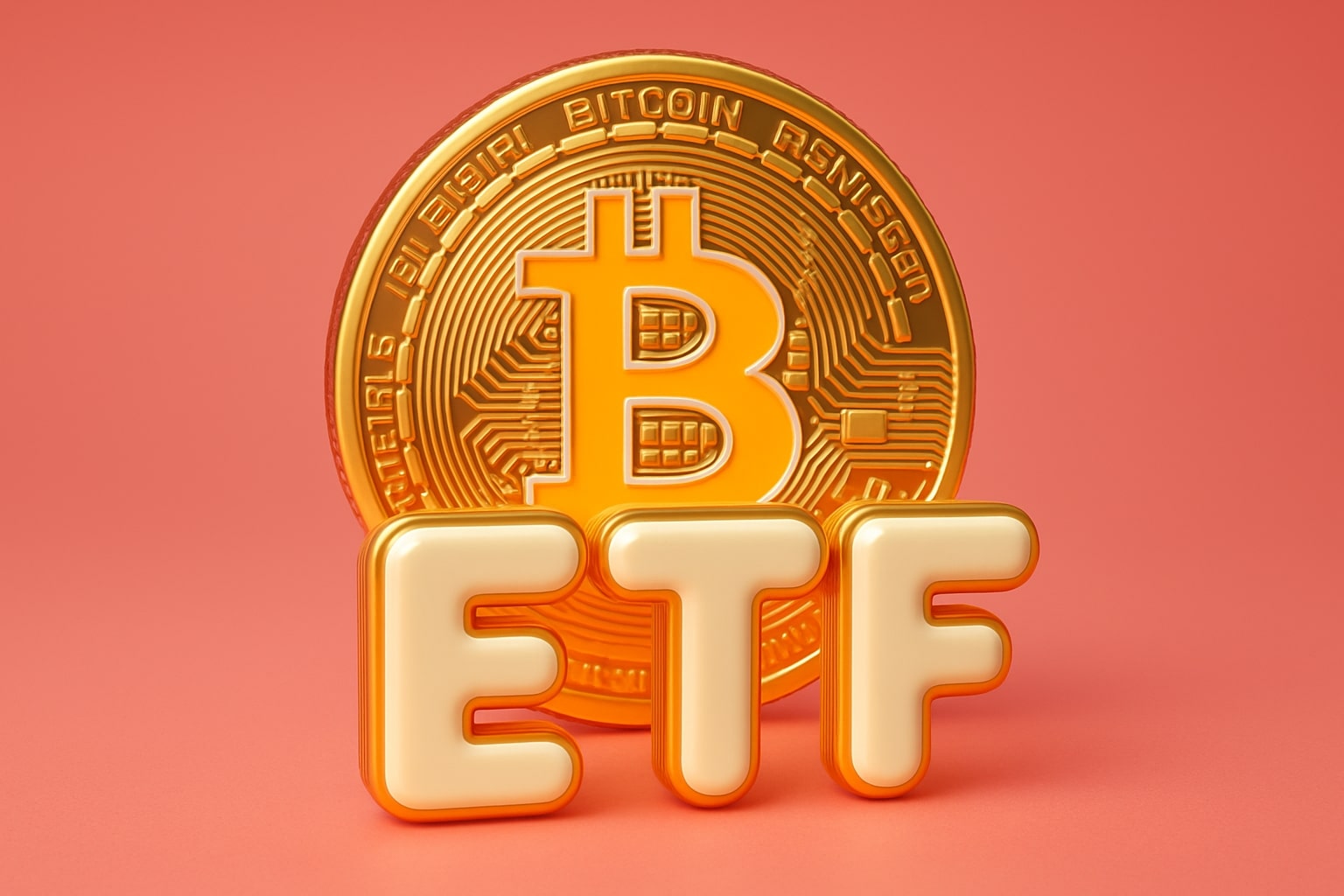Indices: Nasdaq Outperforms as Dow Retreats
The stock market today reflected a split personality on Wall Street, with the Nasdaq Composite (^IXIC) climbing 0.28% to 21,650, lifted by tech names recovering from Nvidia’s turbulence. The S&P 500 (^GSPC) inched 0.02% higher to 6,482, holding close to its record high from Wednesday, while the Dow Jones Industrial Average (^DJI) slipped 0.13% to 45,504 as cyclical names buckled under tariff and consumer uncertainty. The Russell 2000 (RUT), a barometer for small caps, dipped 0.13% to 2,370, even after posting gains of more than 7% in August. The divergence underscored how momentum is increasingly concentrated in AI and select growth stocks, while traditional industrials and consumer-facing businesses are struggling. Bond markets showed relative calm: the U.S. 10-year Treasury yield stood at 4.218%, barely changed, and the 2-year yield rose modestly to 3.64%. The VIX volatility index dropped 3.3% to 14.36, showing investors remain complacent even amid headline risk from earnings, Fed turmoil, and tariffs.
Nvidia (NVDA) Earnings: A Test of the AI Trade
The stock market today hinged on the performance of Nvidia (NVDA $179.60, -1.10%), the world’s most valuable listed company and a heavyweight representing nearly 8% of the S&P 500’s market cap. Nvidia’s Q2 results delivered revenue of $46.7B, up 56% year over year, and EPS of $1.04, beating estimates. Gross margins hit 72.7%, one of the highest in the semiconductor industry. However, the focus was on its data center revenue, which climbed to $41.1B but fell slightly short of expectations at $41.2B. That narrow miss triggered outsized volatility, erasing as much as $260B in market cap at one point. CEO Jensen Huang emphasized “extraordinary” demand for its Blackwell GPUs, already running at “full speed” production. For Q3, Nvidia guided revenue to $54B ±2%, modestly above consensus of $53.4B. Importantly, Nvidia’s outlook assumes zero contribution from H20 AI chip sales in China, a $50B market opportunity clouded by Trump-era export bans. Shares initially dropped 4% after hours but recovered as Wall Street analysts — including JPMorgan, Citi, and Bernstein — raised price targets. Some strategists argued the selloff was an “incorrect knee-jerk” reaction, noting Nvidia’s 50%+ growth rate at a $50B quarterly run-rate remains unprecedented. Still, ripple effects were felt across the chip sector: AMD (AMD $167.21, -2%), TSMC (TSM -1%), Super Micro Computer (SMCI -2.1%), and Broadcom (AVGO $308.07, +2.59%) all traded in sympathy.
AI Beneficiaries: Snowflake (SNOW) Surges, CrowdStrike (CRWD) Falters
The stock market today also spotlighted AI-adjacent firms capitalizing on enterprise demand. Snowflake (SNOW $236.83, +18.18%) surged after raising FY2026 product revenue forecasts to $4.34B. The data cloud provider earned $0.35 per share on $1.14B revenue, topping estimates of $0.27 EPS and $1.09B sales. CrowdStrike (CRWD $434.55, +2.83%) initially plunged 6% premarket after Q3 revenue guidance of $1.21B–$1.22B fell shy of $1.23B consensus. Yet, its Q2 EPS of $0.93 vs. $0.83 estimates and 21% revenue growth helped shares recover intraday. HP (HPQ $27.84, +2.71%) rose on $13.93B Q3 revenue, boosted by AI PC adoption and the Windows 11 refresh cycle. The sector’s bifurcation highlighted that not all AI beneficiaries are equal — firms selling mission-critical enterprise software and services are attracting strong flows, while those reliant on hyperscaler spending may face periodic disappointments.
Retail Earnings: Consumers Are Polarized
Earnings reports from retailers offered a fractured view of the U.S. consumer. Best Buy (BBY $71.11, -5.75%) beat EPS ($1.28 vs. $1.21 expected) and revenue ($9.44B vs. $9.24B), but reiterated full-year guidance, citing tariff uncertainty. FY EPS was guided at $6.15–$6.30 vs. $6.14 consensus. Dollar General (DG $111.65, +6%) outperformed with Q2 EPS of $1.86 vs. $1.57 expected, raising FY EPS guidance to $5.80–$6.30 from $5.20–$5.80. Value-focused consumers lifted same-store sales growth to 2.1%–2.6%. Build-A-Bear (BBW $67.00, +14.41%) posted record Q2 revenue of $124.2M, beating estimates of $116M, and raised FY guidance. EPS of $0.94 crushed expectations of $0.69. Bath & Body Works (BBWI $28.98, -8.12%) disappointed with EPS of $0.37 vs. $0.38 expected. Tariff pressure forced the company to narrow guidance to $3.35–$3.60 EPS. Burlington (BURL) lifted FY EPS guidance to $9.19–$9.59 from $8.70–$9.30 after Q2 EPS of $1.47 beat expectations of $1.25. Meanwhile, Dick’s Sporting Goods (DKS $213.58, -5.50%) topped EPS at $4.71 vs. $4.28 consensus, but shares fell as it prepares to finalize a $2.4B acquisition of Foot Locker (FL).
Macro: U.S. GDP Surprises, Inflation Data Ahead
The stock market today also reacted to macroeconomic surprises. Q2 GDP was revised upward to 3.3%, from 3.0% previously, after a 0.5% contraction in Q1. The rebound reflected a pullback in imports after tariff-driven front-loading earlier this year. Jobless claims fell to 229,000, signaling continued labor market strength. Economists now await Friday’s PCE inflation print, expected at 0.2% MoM and 2.6% YoY. Any upside surprise could complicate monetary policy. Political risks loomed large as Fed Governor Lisa Cook sued President Trump after his attempt to fire her — a direct challenge to central bank independence. Markets shrugged off the headline, but fixed-income managers warned of long-term credibility erosion if Fed governance becomes politicized.
Other Movers: Autos, Food, and Specialty Retail
Tesla (TSLA -1.2%) slumped after July European sales fell 40% YoY to 8,837 units, marking a seventh straight month of decline. In contrast, BYD (BYD) surged with 13,503 registrations, up 225% YoY, overtaking Tesla in Europe. Hormel Foods (HRL -7%) missed EPS at $0.35 vs. $0.41 expected and guided Q4 EPS to $0.38–$0.40, citing rising commodity costs. Li Auto (LI $23.50, -3%) missed Q2 revenue ($4.2B vs. $4.4B expected) and cut FY delivery guidance to 90,000–95,000 units, down over 40% from last year. Williams-Sonoma (WSM) beat EPS at $2.00 vs. $1.80 expected but warned tariff exposure doubled its incremental cost base to 28%.
Market Outlook: AI Boom Keeps Bulls in Control
The stock market today reflects a paradox. On one hand, the S&P 500 (+14.5% YTD) and Nasdaq (+21% YTD) remain firmly in bull territory, fueled by AI optimism and corporate earnings that continue to exceed lowered expectations. On the other, risks from tariffs, Fed governance disputes, and China’s uncertain demand weigh heavily on the Dow and traditional sectors. Sector breadth was mixed: S&P 500 Technology (+0.3%) and Communication Services (+0.6%) provided upside, while Materials (-0.54%) and Financials (-0.04%) dragged. With Friday’s PCE inflation data in focus, traders face a crucial pivot point. A softer print may reinforce the Fed’s patience and sustain record equity levels, while a hotter figure could reignite rate fears.
That's TradingNEWS



















